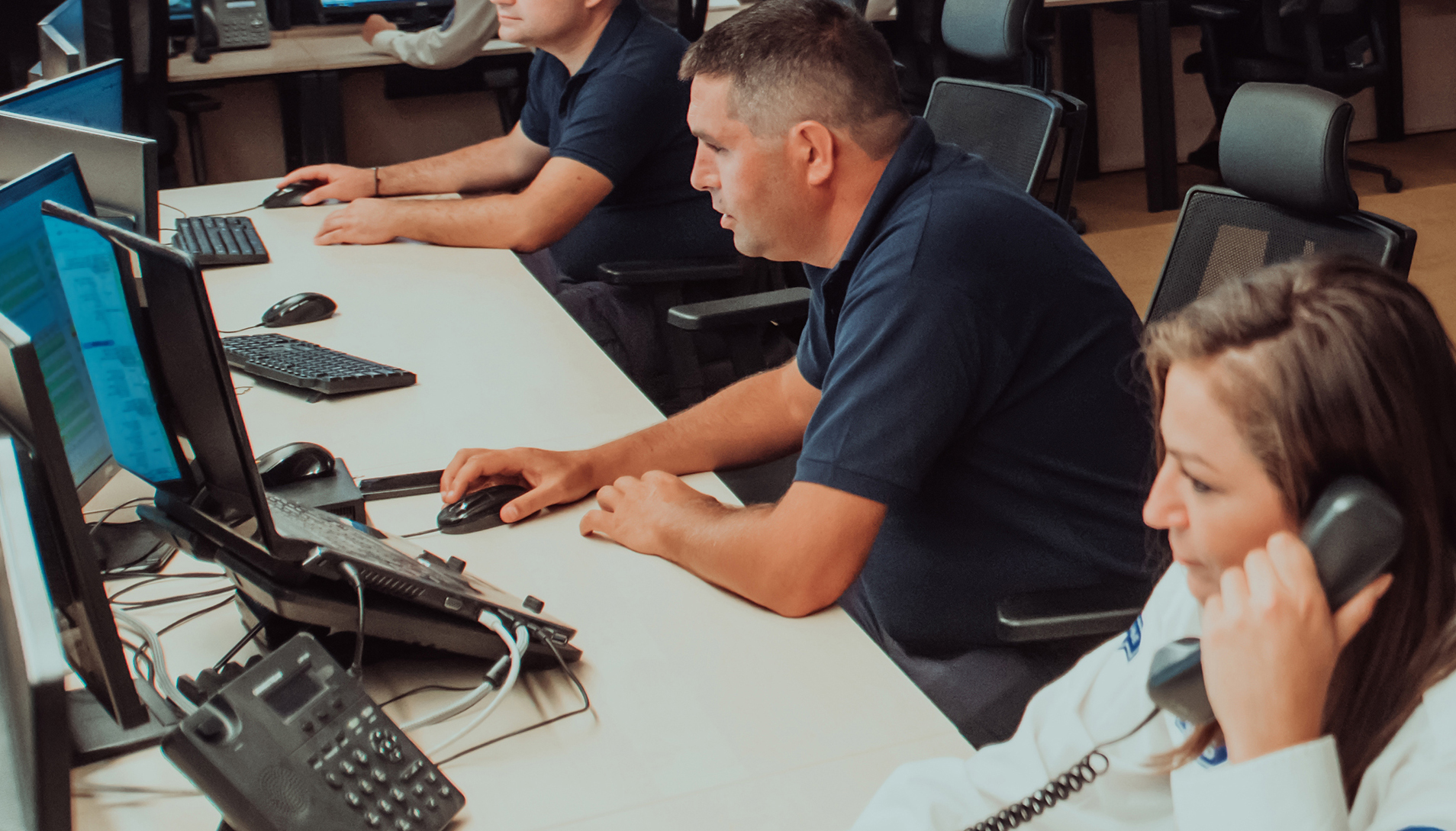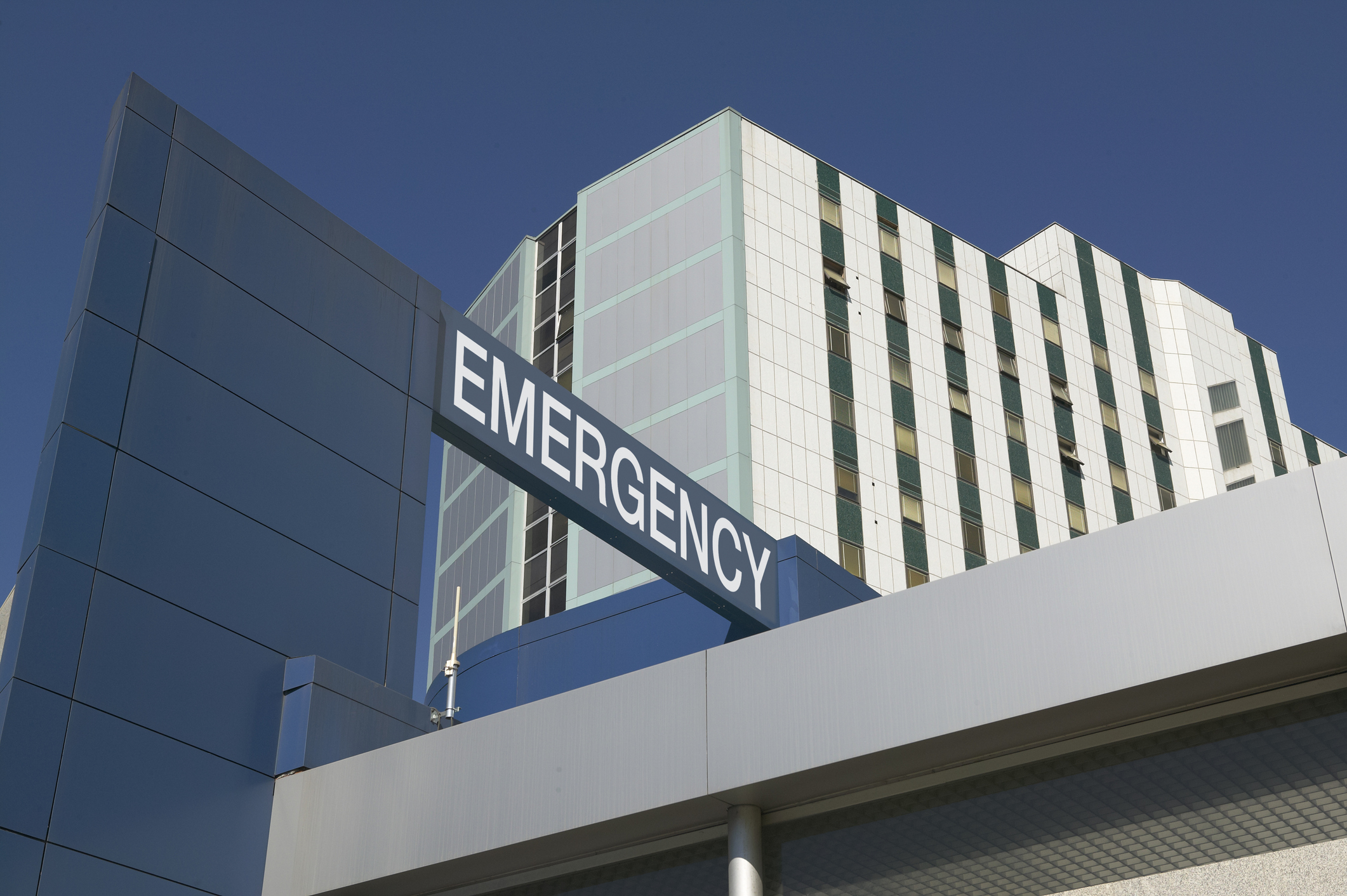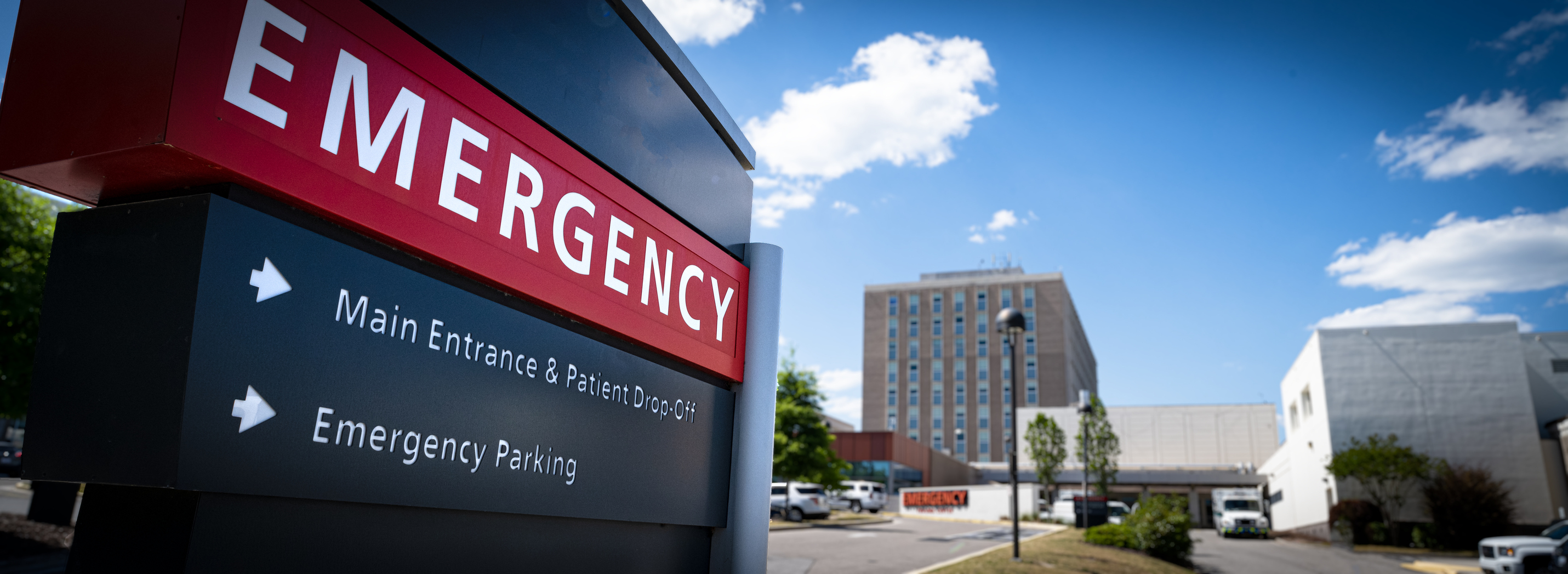Rescue Squad Adopts an Intuitive CAD Solution To Ramp up Dispatch and Improve Data Visualization
When an EMS Professional Becomes the Patient; How High-Quality Care Saved My Life
As an EMS professional, I know firsthand how important it is to deliver the highest form of quality care.
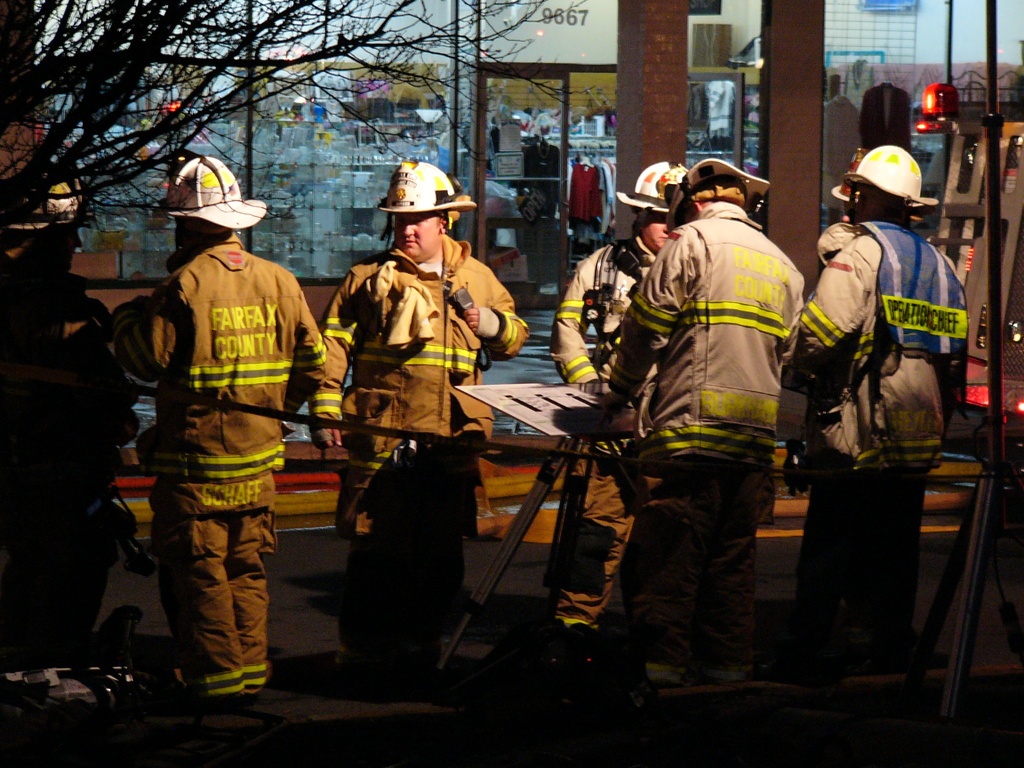
As an EMS professional, I know firsthand how important it is to deliver the highest form of quality care. As a survivor of a heart event, I couldn’t be more grateful for being the recipient of that highest level of quality care. I had a 100 percent block of my right coronary artery, which if left untreated could have led to permanent damage of my heart or even death. A successful outcome to a heart event takes a strong EMS system that starts with a 911 call and rapid dispatch and continues with good EMS prehospital and hospital care.
My EMS Journey
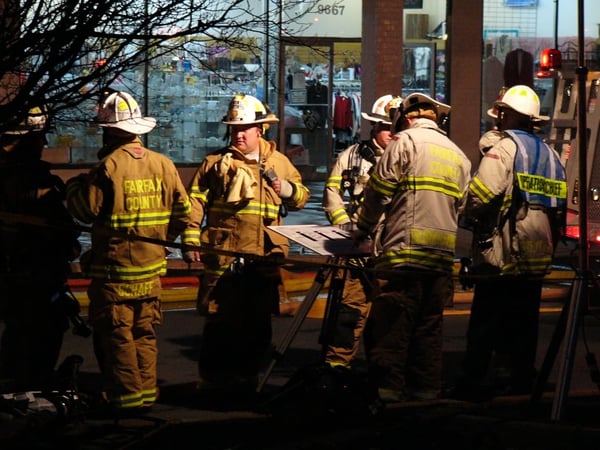 I found myself in the emergency services by chance. One day in 1989 while I was driving to work, I cut off a fire truck on its way to a call by accident. When I was done with work that day, I stopped by the station to apologize. The volunteers were meeting that same night; I ended up signing up, and haven’t looked back. Since then, I’ve been an emergency medical technician (EMT), firefighter and now Fire Chief. I joined the National Highway Traffic Safety Administration’s (NHTSA) Office of EMS as an emergency medical services specialist in 1995. We work with Federal, State and local partners to improve the national EMS system. We operate under the mantra that no matter where you are in the United States – California to Virginia, big city or suburb, rural or frontier – if you have a medical or traumatic emergency and call 911, you should expect the same level of high quality EMS care.
I found myself in the emergency services by chance. One day in 1989 while I was driving to work, I cut off a fire truck on its way to a call by accident. When I was done with work that day, I stopped by the station to apologize. The volunteers were meeting that same night; I ended up signing up, and haven’t looked back. Since then, I’ve been an emergency medical technician (EMT), firefighter and now Fire Chief. I joined the National Highway Traffic Safety Administration’s (NHTSA) Office of EMS as an emergency medical services specialist in 1995. We work with Federal, State and local partners to improve the national EMS system. We operate under the mantra that no matter where you are in the United States – California to Virginia, big city or suburb, rural or frontier – if you have a medical or traumatic emergency and call 911, you should expect the same level of high quality EMS care.
My Heart Event
Which leads to my own personal experience with a heart event. It was March 30, 2010, and I was on a family vacation in Hilton Head, South Carolina. The day started out as any normal day on vacation would. I skipped using the car and chose to ride my bike to go fishing in the morning, ride back home for a quick lunch and then hopped back on the bike to hit golf balls at the local driving range before an afternoon of golf. While hitting golf balls, I was struck with sudden indigestion or heartburn. Side note: As a lifelong EMS professional, I should have easily identified the early onset, signs and symptoms of a heart event. I did not. I didn’t even think back to a few months prior when during my annual physical the doctor told me I had some risk factors that could contribute to me having a heart event. I was in complete denial. So I put my golf clubs on my back and headed for my bike to ride home and rest. Suddenly, the pain kicked it up a notch. I had trouble breathing and felt like I was going to pass out, so I immediately turned and headed for the clubhouse. By the time I was able to ask someone to call 911, I laid down on the floor. I felt as though an elephant was standing on my chest; I was experiencing severe chest pain, struggling to breathe and sweating profusely.
Within minutes I heard the ambulance approaching. The ambulance was staffed with a three-person crew that had at least one Paramedic, a fire fighter/EMT and a driver. They quickly loaded me on the cot and into their unit knowing I was in obvious distress. They gave me oxygen and hooked me up to their heart monitor, which showed I was experiencing a ST-Elevation Myocardial Infarction (STEMI) heart attack – ST elevation refers to a particular pattern on an EKG hear tracing and myocardial infarction is the medical term for heart attack. The paramedic pushed the "transmit" button on the monitor so the emergency department staff at the regional STEMI center could also see what was happening to me.
During the short, six-minute transport to the STEMI center, I was given aspirin and nitroglycerin, which unfortunately didn’t relieve my symptoms. When I arrived at the STEMI Center, it just so happened most of their cardiologists were already at the hospital eating lunch after a morning meeting. When the hospital paged out a “code STEMI” prior to my arrival, I had a great team respond, and they were ready to care for me when I arrived. I was quickly assessed by the team and immediately rolled into surgery. I got to watch the monitor as a stent was placed in my heart to clear the blockage in my right coronary artery; I instantly felt like a new man. Amazingly, it only took 33 minutes from EMS arriving on the scene of my episode to our arrival at the emergency department and having the life-saving stent in place.
When you are having a serious heart event, relief doesn’t come from oxygen. It doesn’t come from aspirin. It only comes when the doctor unblocks your artery – it takes the right care to fix the issue and relieve the intense pain. This is why I can’t stress enough the importance of early detection. The earlier you know you are in trouble and activate your local EMS system by calling 911, the sooner you can be treated – possibly even saving your life.
My Post Heart Event Mission
Every patient, regardless of their medical condition, should have the same level of care I received no matter where they are in the United States – our goal at NHTSA. I’m alive today because of good prehospital care, the STEMI system in place in South Carolina, and the many caring and dedicated professionals who treated me during my ordeal.
One of the ways to guarantee the level of care I received is for all EMS agencies to follow the American Heart Association (AHA) guidelines when responding to a 911 call for a heart event. The quicker the response and treatment, the higher the chances of surviving the heart event and avoiding long-term damage to the heart – or even death.
If you’re unfamiliar with the AHA guidelines, visit their EMS Resources page for tools to help improve the quality of care your agency provides heart event patients.
Related Posts
EMS-to-Hospital Handoffs Can Be a More Streamlined Experience
ZOLL Data Systems | Jan 25, 2024
Data Interoperability Drives Better Coordination of Care in Emergent Patient Transitions
ZOLL Data Systems | Nov 13, 2023
ZOLL Pulse Blog
Subscribe to our blog and receive quality content that makes your job as an EMS, fire, hospital, or AR professional easier.
ZOLL Pulse Blog
Subscribe to our blog and receive quality content that makes your job as an EMS, fire, hospital, or AR professional easier.

